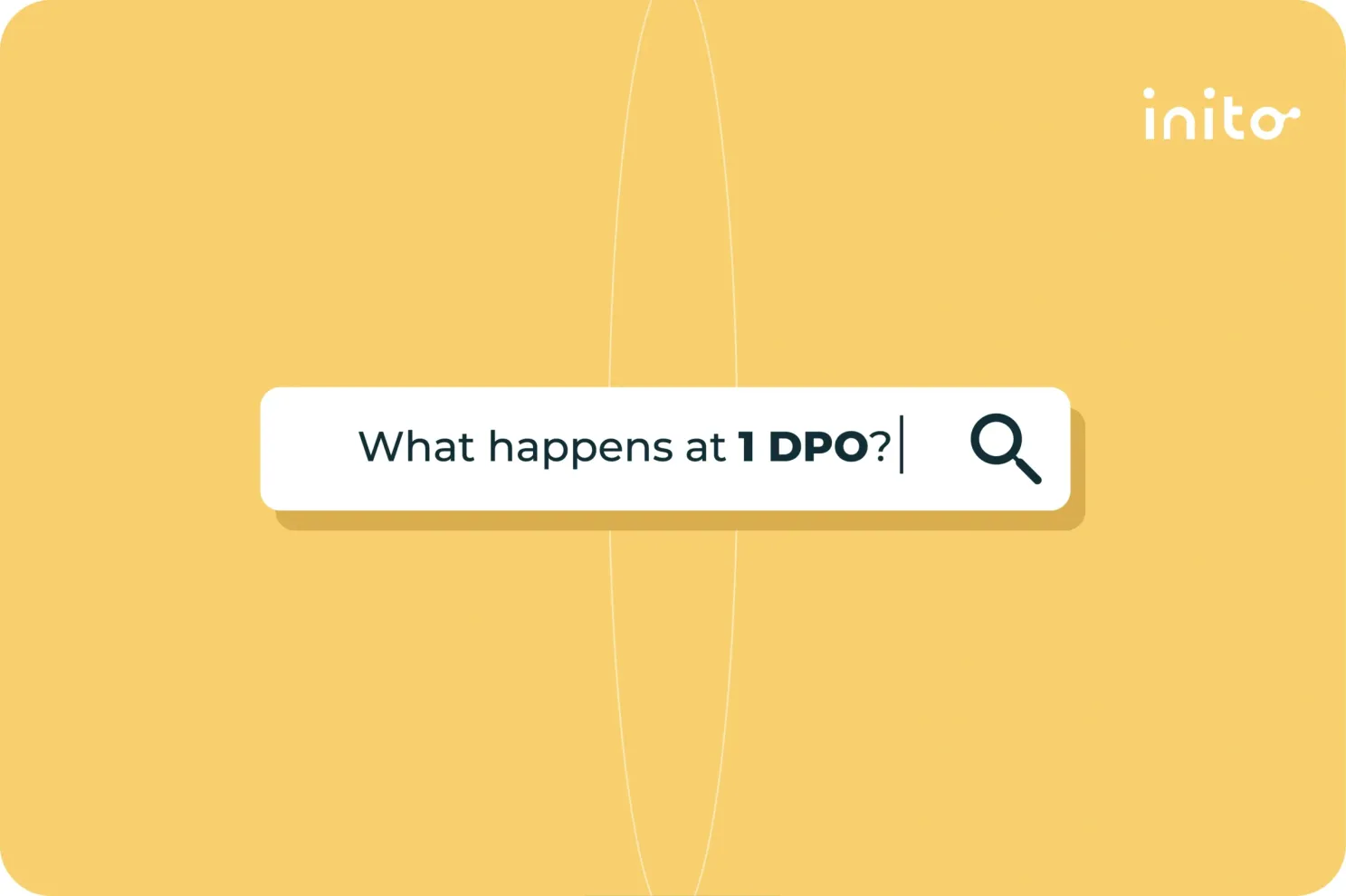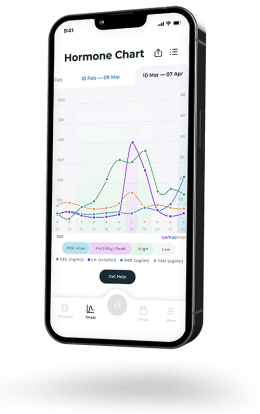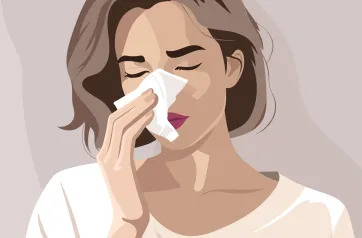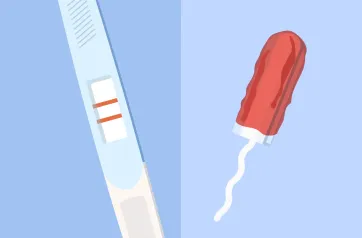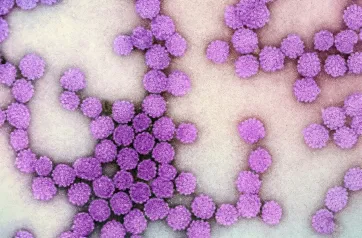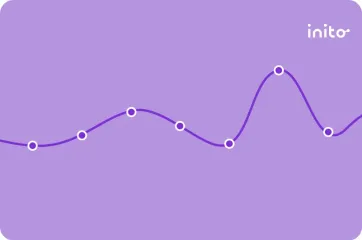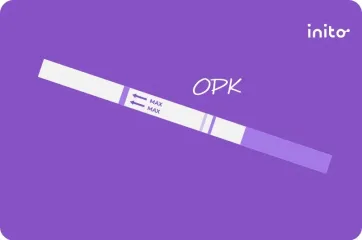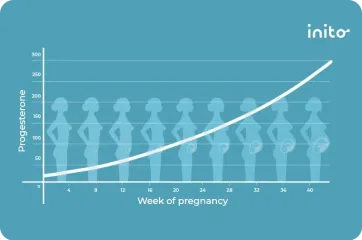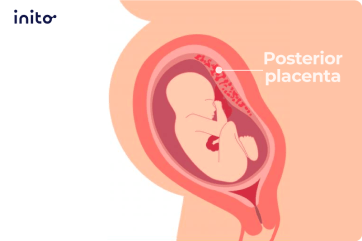Content table
1 day post ovulation—1 DPO—marks the first day of the two-week wait.
If you’re at 1 DPO right now, you may be wondering: Is it too late to conceive this cycle?
Or if you know you had sex during your fertile window, you may be curious: Will I start noticing signs of early pregnancy at 1 DPO?
Let’s shed some light on these valid questions!
Yes, you can still conceive by having sex the day after ovulation (though your chances are better before you ovulate). And regardless of when you had intercourse, it’s too early for you to take a pregnancy test 1 DPO.
To gain a better understanding of the two-week wait and what to expect specifically at 1 DPO, keep reading!
Key Takeaways
- 1 DPO, aka 1 day post ovulation, refers to the first day after your body releases an egg.
- At 1 DPO, it is still possible to conceive since the egg can survive for up to 12-24 hours. The chances of conception on this day are about 8%.
- The day after ovulation, it’s possible that fertilization has already occurred. But fertilized or not, the egg is making its way toward your uterus via the fallopian tube.
- Around 1 DPO, you may notice a few symptoms from the release of the egg itself. These include ovulation cramping or spotting and increased cervical mucus.
- At 1 DPO, the follicle that ruptured turns into the corpus luteum to kickstart progesterone production.
- Since progesterone is only just starting to rise, it will likely be another few days to a week until you experience additional symptoms.
- It’s totally normal to not notice any symptoms at 1 DPO.
- 1 day post ovulation is too early for implantation to occur. Implantation doesn’t happen until 6 – 12 DPO.
- At 1 DPO, there’s no true way to tell if conception occurred or not. Physical early pregnancy symptoms typically aren’t noticeable until a few days after successful implantation. (This is when your hCG starts reaching levels that are detectable on a urine pregnancy test.)
What Is 1 DPO?
1 DPO simply means the first day past ovulation. For example, if you ovulated on February 2nd, you would be 1 DPO on February 3rd.
Learn more: Common Signs that Ovulation is Over: 6 Changes to Watch Out For
So now that you know what DPO means, what can you expect at 1 DPO? Let’s dive in!
What Happens at 1 DPO?
1 DPO marks the end of your ovulatory phase and the beginning of your luteal phase.
Note: Your luteal phase is a preparation phase to ensure your body is ready for a potential pregnancy.
From the time of release, the egg has a 12-24 hour window to become fertilized before it’s no longer viable.
This means that there is still a chance for you to conceive on this day (although it is low). In fact, if you have sex on 1 DPO, your chances of conceiving are about 8%.
Depending on your exact timing, here’s a snapshot of what could be going on at 1 DPO:
- The egg that you ovulated yesterday may still be waiting to meet up with the sperm as it travels through your fallopian tube.
- If you had sex in your fertile window or went through artificial insemination, the sperm may have already fertilized the egg.
- If fertilization occurred, the zygote (the fertilized egg) is making its way to your uterus.
Regardless of what happens with the egg, the follicle that released the egg will create the corpus luteum. The corpus luteum’s main job is to produce progesterone to support your body in the event that you get pregnant.
As you can see above, there are quite a few possibilities at 1 DPO. So this may have you questioning: Are there any 1 DPO symptoms I can look for?
We’ve got you covered. Learn more about how you may be feeling at 1 DPO in the next section!
Common Symptoms at 1 DPO
Most symptoms, if any, that you experience on or around 1 DPO will simply be from ovulation.
This is because the egg was released so recently that the corpus luteum won’t be producing that much progesterone just yet. (And many symptoms in the two-week wait and early pregnancy are caused by rising progesterone levels).
That said, here are some symptoms you may experience around ovulation time:
- Ovulation pain (aka Mittelschmerz). Ovulation pain usually feels like a dull ache or sharp twinges that coincide with ovulation and happen on and off for a few hours up to 1 – 2 days.
- Ovulation bleeding. This is very light pinkish bleeding or spotting that could go on for a day or two. It’s not the same as implantation bleeding (which happens around the time of implantation) and is much, much lighter than a period.
- More cervical mucus. Your cervix produces increased amounts of cervical mucus when you ovulate to help the sperm travel to your uterus. You may still notice EWCM at 1 DPO.
- Higher basal body temperature. Your basal body temperature (BBT) usually rises by roughly 0.5 to 1 degree Fahrenheit after ovulation.
Learn more: The Complete Guide to Ovulation Symptoms
Once the corpus luteum ramps up progesterone production, you may begin to experience more symptoms though.
These additional post-ovulation symptoms may include:
- Bloating or constipation
- Tender or sore breasts
- Mood swings
- Trouble sleeping
And if you do notice any of these symptoms at 1 DPO, they’re likely fairly mild. This is because your progesterone levels don’t reach their peak until 6 DPO to 8 DPO.
Sound like a lot to keep track of? That’s why many women use a symptom-tracking app!
The Inito app helps you track all these symptoms, allowing you to gain a clearer understanding of your cycle. And if you’re using the Inito fertility monitor to track ovulation, you can also correlate your symptoms with your unique hormone trends to better understand how your body works!
Know more: DPO Symptoms: Tracking Days 1 – 12 Past Ovulation
Concerned about not experiencing any symptoms at 1 DPO? We totally understand—fertility and pregnancy journeys can be a bit stressful. But keep reading to learn why this is no cause for alarm.
What if I Don't Have Symptoms at 1 DPO?
No need to worry—this is completely normal!
Every person is different, and it may take some time before you begin to notice any physical symptoms. So even though it can be challenging (believe me, we get it), try not to compare your experience of post-ovulation symptoms to others.
Also remember that your body has only just begun revving up progesterone production. So the amount of progesterone in your system at this stage may not cause any noticeable symptoms for another week or so.
Aside from symptoms, another common question that pops up at the start of the two-week wait is: When can I expect the fertilized egg to implant? Learn more about this next!
Can Implantation Happen at 1 DPO?
No, 1 DPO is too early for implantation to occur.
Remember, at only 1 day after ovulation, it’s possible that even fertilization hasn’t happened yet.
And even if you have a fertilized egg already, it’s still making its journey to your uterus (which takes about 5 – 6 days).
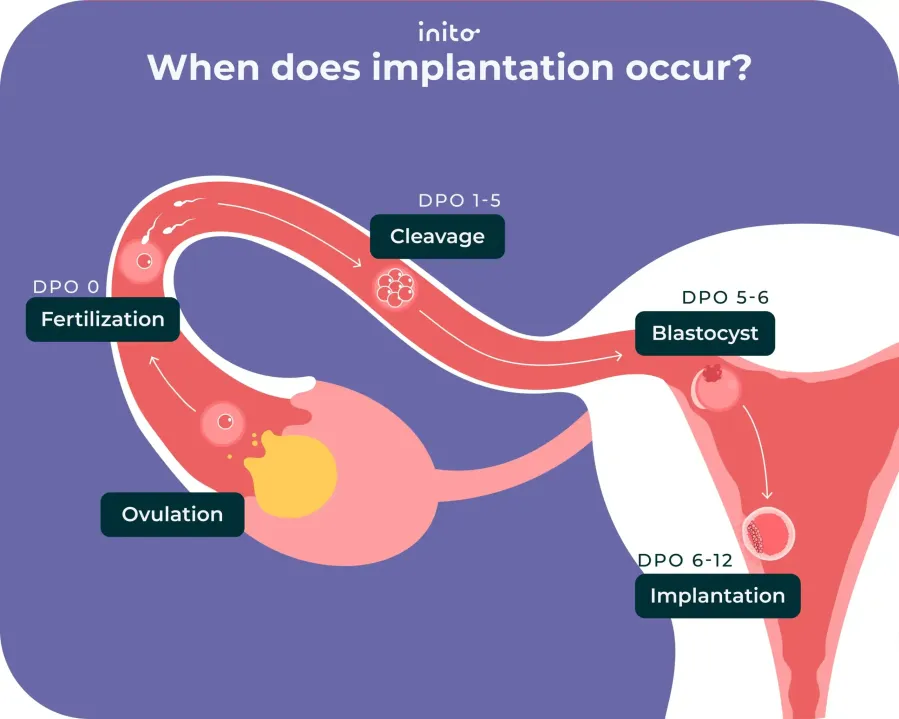
This means that the implantation window only begins around 6 DPO. (For most women who become pregnant, implantation happens between 8 – 10 DPO.)
But perhaps you’re curious to know: How can I tell if fertilization has occurred or not? Let’s go over this below.
Can I tell if I’m pregnant at 1 DPO?
Sadly, no! There’s no way for you to physically tell if fertilization occurred at 1 day past ovulation.
This is because at 1 DPO your body is undergoing the same changes whether the egg was fertilized or not. (This main change is that the ruptured follicle, now the corpus luteum, begins pumping out progesterone.)
A pregnancy won’t become official until implantation occurs around 6 – 12 DPO. Until then, any symptoms you experience are likely caused by your rising progesterone levels.
If you’re using a fertility app or cycle tracker, you can certainly take note of any symptoms you notice at 1 DPO. But realize that many luteal phase symptoms and early pregnancy symptoms overlap.

FAQs
At 1 DPO, the egg that was released may still be making its way through your fallopian tube. It’s possible that fertilization has occurred, as the egg survives for up to 24 hours after its release. At this time, your hormones are beginning to change as well. LH is going back down while progesterone is beginning to rise.
There’s no finite amount of DPO that you will feel pregnant as early pregnancy symptoms vary greatly from woman to woman. In those early DPO before implantation (which happens between 6 DPO and 12 DPO), almost all symptoms are caused by your rising progesterone levels.
True early signs of pregnancy aren’t likely to appear until a few days after implantation when your hCG levels begin to rise. But even then, many women still don’t feel pregnant until several weeks further into pregnancy. A good way to be able to decipher what symptoms feel out-of-the-norm for you is to log your symptoms each cycle on the Inito app. This may help you distinguish pregnancy symptoms from your usual post-ovulation/PMS symptoms.
Some women may feel ovulation cramping which feels like a mild, dull achiness or pulling sensation on one side of your abdomen. Others may notice some light spotting. But these are not telltale signs or symptoms of conception; they are indicative of ovulation.
You count how many DPO by accurately detecting when you ovulated. The first day after you ovulate is considered 1 DPO. So if you ovulated on March 3rd, March 4th would be 1 DPO, March 5th would be 2 DPO and so on.
Some women use ovulation predictor kits and LH strips to predict ovulation. While these can help you prepare for ovulation, they don’t actually confirm ovulation. If you’re hoping to detect when you ovulate with even more accuracy, you may wish to consider a more robust fertility monitor like Inito.
The first positive result you get after ovulation isn’t likely to happen until 9-10 DPO or later. This is because the implantation window is 6 DPO to 12 DPO and it takes several days after implantation for hCG levels to be high enough for a home pregnancy test to detect.
The exact DPO that hCG starts rising depends on precisely when implantation happens. And this can vary quite a bit because the implantation window can range from 6 DPO through 12 DPO.
Know more: How Long After Implantation Does hCG Rise?
About 10% of pregnant women test positive at 9 DPO or 10 DPO. But most women aren’t likely to see a positive result until they’ve missed their period which is typically around 12 DPO to 14 DPO. Keep in mind that while it can be very tempting to test ASAP, testing too early can give you false negative results. This is why it’s recommended to wait until one day after your missed period to test.
With First Response pregnancy tests, the number of DPO that you should use the test depends on the specific test you’re using and your unique hCG levels. As a general rule of thumb, it’s advisable to wait until one day after your missed period to take a pregnancy test.
Was this article helpful?
- Validation of urinary reproductive hormone measurements using a novel smartphone connected reader – Nature
- A Prospective Study of the Onset of Symptoms of Pregnancy – Journal of Clinical Epidemiology
- Time of Implantation of the Conceptus and Loss of Pregnancy – New England Journal of Medicine
- Strips of Hope: Accuracy of Home Pregnancy Tests and New Developments – PMC
- Relationship Between the Menstrual Cycle and Timing of Ovulation Revealed by New Protocols: Analysis of Data from a Self-Tracking Health App
- When can I expect a positive HPT if I am pregnant?
- Prevalence of menstrual pain in young women: what is dysmenorrhea?
- A prospective study of the onset of symptoms of pregnancy – Journal of Clinical Epidemiology




